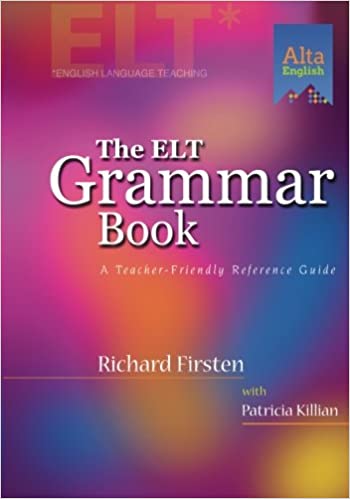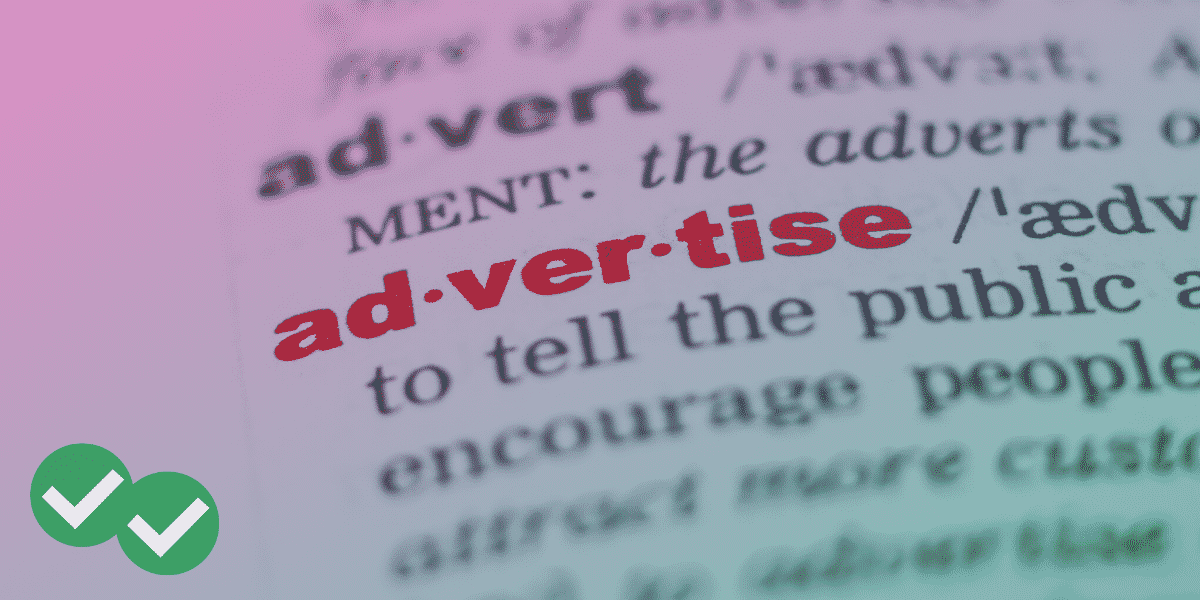If you studied English in grade school, you probably heard about modals in class at some point. Modals are an interesting language feature— they are a type of word that can “help” a verb by giving it additional meaning. Modals are “help verbs” add connotation to the main verb in a sentence or clause, suggesting certain things about the action that’s being described.
Three of the most common modals in English are “would,” “could,” and “should.” “Would” suggests intention or desire to do a thing. So for instance, if you add “would” to the verb “swim,” as in “She would swim,” you are suggesting that someone wants to swim, plans to swim, or intends to swim. Similarly, “should” is used to suggest something is the right or recommended course of action, and “could” suggests ability. So “should swim” means that swimming is the right thing to do, and “could swim” means that swimming is a possible activity.
But there are a lot more to modals than just would/could/should. “Will” has a similar meaning to “would.” “Shall” and “ought to” stand alongside “should” as modals that indicate an action is the right thing to do, and “can’’ and the phrasal modal “be able to” have similar meaning to “could.”
Modal meanings and use also extend beyond the meanings of the “big three” modal words ending in -ould. “May” and “might” are used in suggestions, predictions, and possibilities. And modals “must,” “have to,” “need to,” and “need not” add a variety of meanings to verbs, including a sense of probability, necessity, and persuasion.
But modals don’t just affect the meaning of a verb phrase—they can also change a verb phrase’s grammar. In most cases, if a modal appears before a verb, the verb will not have any tense and will also lose any suffix it may have, such as the singular –s suffix or tense-related suffixes such as –ed and –ing. In other words, if a verb comes after a modal, it will appear in its bare form, its simplest form.
So in the sentence “The dog runs,” a modal can be added to change it to “The dog might run.” Notice how the s at the end of “runs,” marking it as a plural verb, goes away when the modal is added. In the same way, “The water splashed” becomes “The water has to splash.” And “He is running” becomes “He can run.”
Modals reduce a verb to its bare form with irregular verbs too. “They are happy” can turn into “They should be happy,” with the plural present tense irregular verb “are” changing to its bare form “be.” And “He ate” can change to “he needed to eat.”
There are a number of other rules for modal use, but this post covers the basic concept—modals change the meaning and grammar of a verb. In my next post on this subject, we’ll look at some more advanced ways to use modals so that you can really master this form.






Leave a Reply